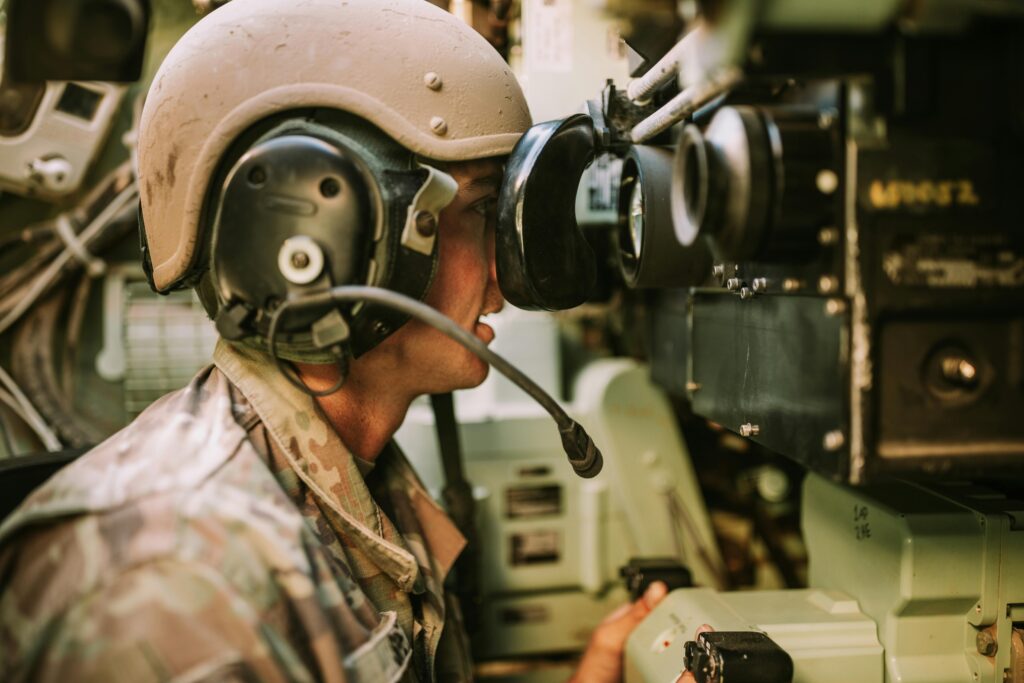In today’s rapidly evolving military landscape, defence electronics form the backbone of national security and strategic advantage. These sophisticated systems enable everything from real-time communication and surveillance to precision strikes and electronic warfare. But what are the key components of defence electronics that make these capabilities possible?
Understanding these components is crucial for defence professionals, engineers, and policymakers alike. In this article, we’ll break down the fundamental building blocks, explore their applications, and highlight how leading companies—often supported by the best digital marketing agency—are driving innovation in this critical sector.
1. Integrated Circuits (ICs) and Microprocessors
Integrated circuits (ICs) are the heart of defence electronics. These miniaturized electronic components—such as transistors, resistors, and capacitors—are etched onto a single chip, enabling complex functionalities in compact devices. ICs power everything from missile guidance systems to secure military communications, ensuring reliability and high performance under extreme conditionskarkhana.io.
- Applications: Microprocessors, memory chips, signal processing units
- Why It Matters: ICs allow for faster data processing, reduced power consumption, and enhanced durability, making them indispensable in modern defence systems.

2. Printed Circuit Boards (PCBs)
Printed Circuit Boards (PCBs) provide the physical platform for mounting and interconnecting electronic components. They are the foundation for assembling electronic circuits, enabling compact, reliable, and scalable designs.
- Key Features: Multi-layered boards, high-density interconnects, ruggedized for harsh environments
- Use Cases: Avionics, radar systems, communication devices, and unmanned aerial vehicles (UAVs)karkhana.io
3. Sensors and Transducers
Sensors and transducers convert physical phenomena (such as temperature, pressure, or electromagnetic waves) into electrical signals. In defence, these components are vital for:
- Radar and Sonar Systems: Detecting and tracking objects at long ranges
- Infrared and Thermal Imaging: Night vision and target acquisition
- Chemical and Biological Sensors: Detecting hazardous substancesmilitary.com
4. Communication Systems
Secure and reliable communication is a cornerstone of military operations. Defence electronics include:
- Satellite Communication (SATCOM): Enables global connectivity for command and control
- Radio Frequency (RF) Modules: Facilitate encrypted voice and data transmission
- Network-Centric Warfare Systems: Integrate sensors, platforms, and decision-makers in real timemilitary.com+1
5. Radar and Electronic Warfare (EW) Systems
Radar systems use radio waves to detect, track, and identify objects, while electronic warfare (EW) systems disrupt or protect against enemy electronic threats.
- Electronic Support (ES): Detects and identifies enemy emissions
- Electronic Attack (EA): Jams or deceives enemy radar and communications
- Electronic Protection (EP): Safeguards friendly systems from interferencechristianbaghai.medium.com+1
6. Avionics and Navigation Systems
Avionics—electronics used in aircraft and spacecraft—include:
- Inertial Navigation Systems (INS): Provide precise positioning without GPS
- Flight Control Computers: Automate and stabilize aircraft operations
- Display and Control Units: Interface between pilots and onboard systemspassive-components.eu
7. Power Supplies and Energy Storage
Defence electronics require robust and portable power solutions, such as:
- Batteries and Fuel Cells: Power soldiers, drones, and remote sensors
- Power Management ICs: Optimize energy use and extend operational life
- Renewable Energy Integration: Solar and kinetic energy for sustained field operationskarkhana.io
8. Displays and Human-Machine Interfaces (HMIs)
Modern defence systems rely on advanced displays and HMIs for:
- Heads-Up Displays (HUDs): Project critical information in pilots’ line of sight
- Touchscreen Consoles: Control complex systems in vehicles and command centers
- Augmented Reality (AR) Glasses: Enhance situational awareness for ground troopstechbriefs.com
9. Cybersecurity and Encryption
With the increasing threat of cyber attacks, defence electronics incorporate:
- Hardware Security Modules (HSMs): Protect cryptographic keys
- Intrusion Detection Systems (IDS): Monitor and respond to cyber threats
- Secure Communication Protocols: Ensure data integrity and confidentialitymedium.com
10. Passive and Active Components
Passive components (resistors, capacitors, inductors) and active components (diodes, transistors, amplifiers) work together to:
- Filter Signals: Remove noise and interference
- Amplify Signals: Boost weak signals for long-range communication
- Switch and Route Data: Manage information flow in complex networkspassive-components.eu
Defence electronics refers to the electronic systems, components, and technologies used in military applications for surveillance, communication, targeting, navigation, and countermeasures. Its key components can be grouped into ser
The Role of the Best Digital Marketing Agency in Defence Electronics
In a competitive global market, defence companies must not only innovate but also effectively communicate their capabilities. Partnering with the best digital marketing agency ensures:
- Targeted Outreach: Reaching defence contractors, governments, and industry stakeholders
- Thought Leadership: Publishing whitepapers, case studies, and technical blogs
- Brand Visibility: Leveraging SEO, social media, and digital advertising to showcase expertise
A top-tier agency understands the unique challenges of the defence sector, from export controls to classified information, and crafts strategies that resonate with key decision-makers.
Conclusion: The Future of Defence Electronics
The key components of defence electronics are evolving rapidly, driven by advancements in AI, IoT, and quantum computing. As threats become more sophisticated, so too must the technologies that protect nations and their interests.
For defence companies, staying ahead means investing in R&D, fostering partnerships, and leveraging digital marketing to highlight their innovations. Whether you’re a defence contractor, engineer, or investor, understanding these components is essential for navigating the future of military technology.
Call to Action
Want to learn more about how defence electronics can transform your operations? Download our free checklist: “10 Must-Have Defence Electronics for Modern Military Systems” or schedule a consultation with our experts today.
Suggested SEO-Friendly URL: /key-components-of-defence-electronics
This article is optimized for your focus keyword, includes semantic keywords and LSI terms, and follows best practices for readability and engagement. The inclusion of the best digital marketing agency is natural and adds value for readers seeking both technical and marketing insights.
